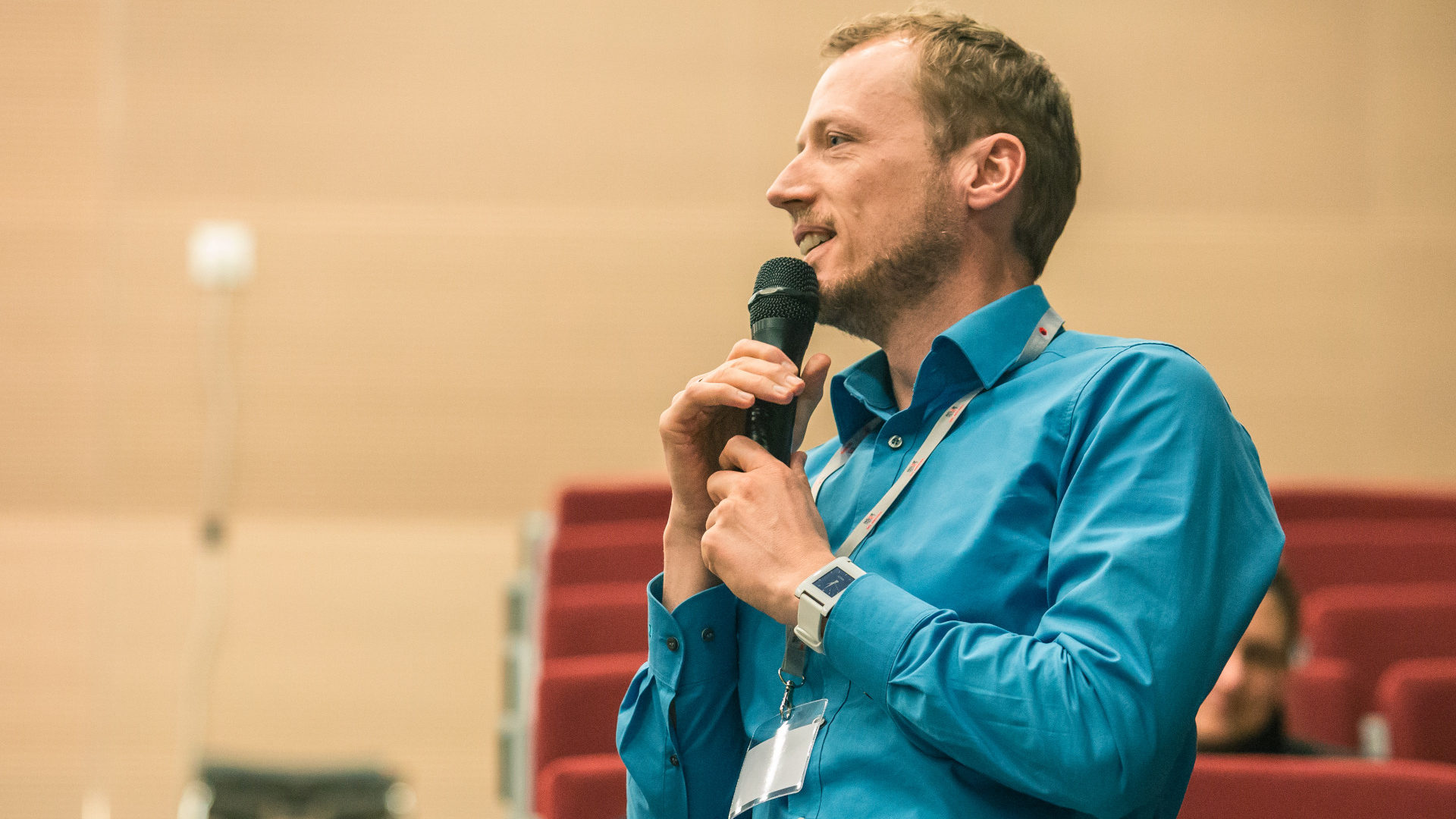TLDR; Digital Social Innovation is innovation that is social in its purpose and digital in its solution. In other words: it makes the world a little bit – or a lot – better and ‘does something with computers’ to make it so.
When people ask me: “What kind of work do you do?” I like to answer: “Well, my passion is Digital Social Innovation.” Which than mostly leads to silence. Even from people who are professionals in digital and/or innovation.
So, even though I feel that Digital Social Innovation is at the heart of my purpose, passion, talent and experience, it seems to be a rather weak term to use. This post does an attempt to make you at least a bit familiar with it.
Let’s break it down:
- Digital: the solution runs on computers
- Social: it helps people who are currently left out/behind
- Innovation: the solution and/or process involves something new
The following paragraphs give more insight into each aspect.
What is Innovation?
Actually the least interesting aspect of the three. Libraries full of books have been written about what innovation is and how it is done. People can have endless discussions about what it is and what not. Not very valuable. I will just give – a – definition:
“Innovation is a new idea, creative thoughts, new imaginations in form of device or method.”
Wikipedia
At times I find the distinction between incremental, adjacent and radical/disruptive innovation somewhat useful. To me personally adjacent and radical innovations are much more interesting then incremental improvements.
What is Social?
The “Social” aspect of Digital Social Innovation is actually the most vague, or flexible, of the three aspects. This paragraph contains some perspectives on it.
Ann-Mei Chang, the author of Lean Impact, combines the term “Social” with “Innovation” and defines it as follows:
“Social Innovation: innovate where markets and governments fail.”
Lean Impact
I believe the following should be added, which I suspect Chang also has in mind: “to meet basic human needs”. In other words: Social Innovation is done where markets and governments do not or cannot provide people in meeting their basic human need. Think of things like: food, sanitation, shelter, health care, safety. Or: the things in the middle of Raworth’s Douhgnut.
A very strong and inspiring definition.
Melanie Rieback in her post-growth economy talks uses the following categories of the Social aspect in organizations:

A very nice scale, I believe it is taken from elsewhere but do not know the original source.
As you can see, each type of organization except the “Traditional For-Profit” has some kind of social practices. And I have come across organizations in each of them. To me personally the Social Enterprise is most inspiring: it is an organization that uses business practices to achieve its social mission. So social comes first, making money and profit is merely a tool to be effective. It is the evolution of Nobel Peace Prize recipient Yunus’ “Social Business”. For the 2 green colored categories the social aspect is more an add-on that is always secondary to the profit motive.
An interesting effect of the distinction between social mission and profit-as-mission is the organizations reason to exist: the goal of a Social Enterprise is actually to make itself obsolete as quickly as possible (i.e. solve the problem), whereas the goal of a profit-mission organization is to exist forever and to keep growing production, revenue and profit as much as possible. With all the negative consequences from that.
An issue that even many (starting) Social Enterprises are not sufficiently aware of, is that it requires a different kind of financing. Exactly because the organization is designed to solve the problem, to make itself obsolete. This goes directly against the traditional investment paradigm, which is to effectively buy an everlasting share of the company, expecting forever dividends, or ‘better’ yet: endless growth of shareholder value in return.
What is Digital?
This is the easy one: digital = with computers. The word ‘digit’ was originally refers to our fingers and toes and was used to calculate in discrete increments. Computers also work in this discrete way: everything is translated in either 0 or 1. And never 2, 1.7 or “it depends”. This makes computers so convenient in organizing the world. Things have to be 100% definite and cannot be ambigue or something in between.
Unfortunately, this also has negative side effects. With computer as the leading paradigm nowadays, we come to think of ourselves as computer-like as well. We tend to become ‘discrete thinkers’: we are either Democratic or Republic, for or against EU, believe in climate change or not. Our minds can be ambigue about topics, we can hold conflicting thoughts and feelings about something, very valuable and necessary traits of being human. We seem to be slowly losing these. But this is stuff for a future blogpost perhaps.
Anyway, back to defining Digital. Let’s call it Digital Technology, so we have a noun to refer to. Digital Technology refers to all technologies you can use in developing a solution that involve a computer. So, it is software and uses data. Plus any (or none) of the following: Artificial Intelligence, Machine Learning, Big Data, Internet of Things, Virtual Reality, Augmented Reality, Mixed Reality, Blockchain (excuse me: Digital Ledger Technology), Cloud Computing, Apps, etc.
Be radical
For me personally, I get most energy when using digital technology for developing a radically innovative solution for a complex social problem. Sometimes also referred to as ‘moonshot’ solutions to ‘wicked’ problems. Or as Chang calls it: having an Audacious Goal.
I like to work on radical solutions (10+ times better than anything that exists) over incremental solutions (let’s improve what we have a little bit) for hard global systemic problems rather than trivial nice-to-haves and believe that digital technology can be a huge booster, if understood and used right.
In the end, definitions are not that important. Or as a colleague of mine says when I get too involved in defining this or that: “It’s just semantics.” But we do need some degree of mutual understanding, to be able to effectively and comfortably work together in making that dent in the universe!
– Diderik
Photo by NESA by Makers on Unsplash
This article first appeared on diderikvanwingerden.com

